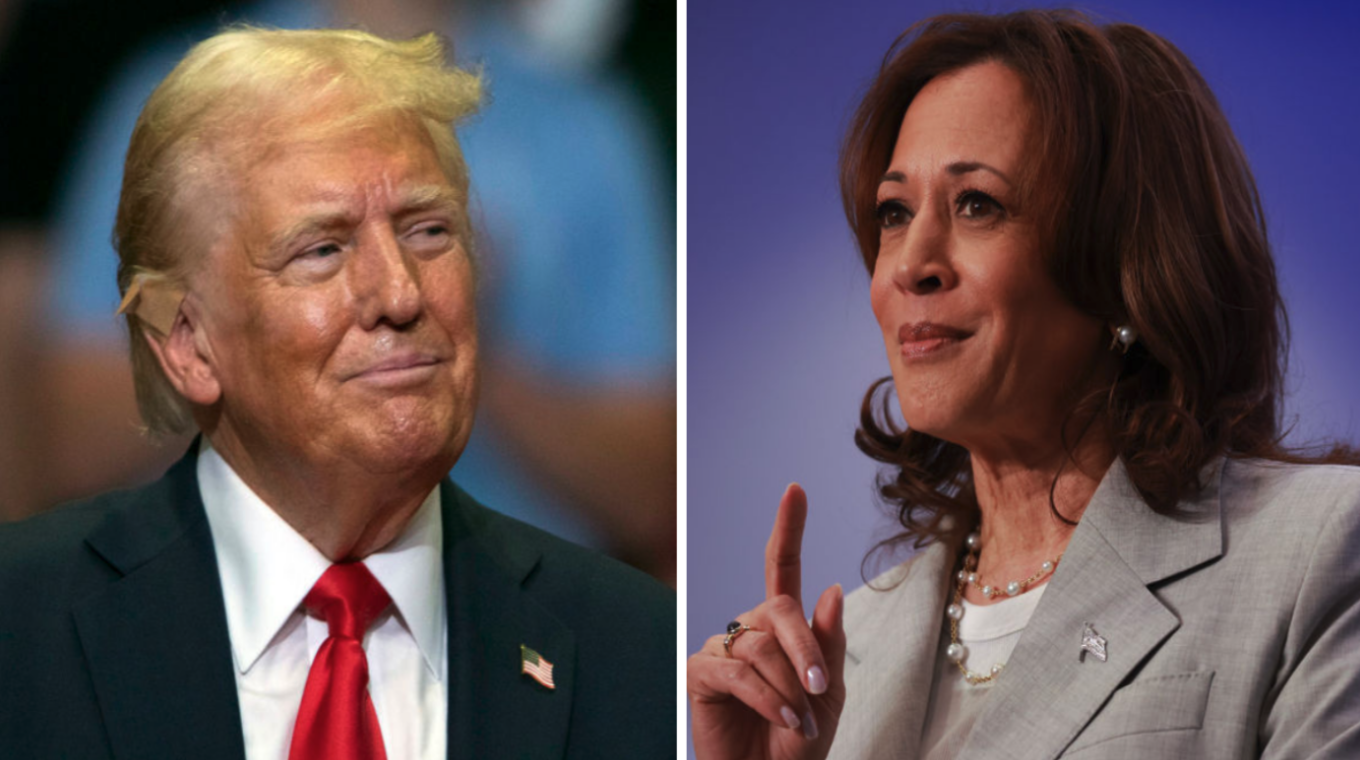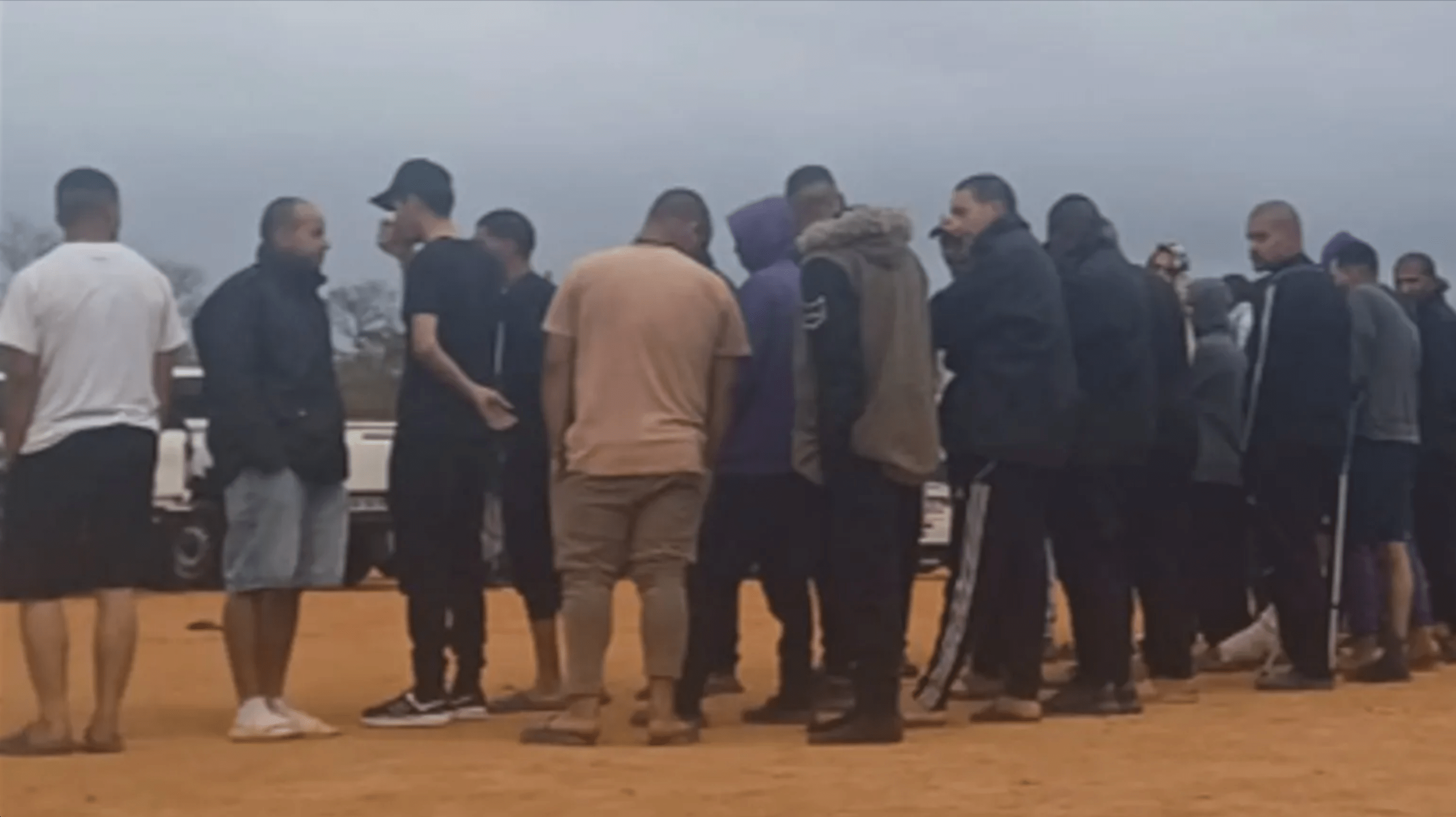The Old Wheelers Club (OWC) recently held their 33rd Bonnets Up Day, offering petrolheads the opportunity to admire the engines that powered cars before the advancement of modern technology.
The event also gives the owners of vintage vehicles, like Tolla Botha, the chance to share the stories behind their cars.
Botha owns a 1971 Ford Capri, which is not only his joy, but also the result of many hours of hard work.
Speaking to Top Revs at the event, Botha’s passion for his built-up Capri is evident as he recalled its introduction to the South African market in 1971.
Back then, cars like this barely cost more than N$1 750, while a 1970 Ford Fairlane, one of the most expensive cars in the stable, was advertised at the time for N$2 500.
Botha bought the body about eight years ago, for almost 10 times what the entire car cost 53 years ago.
The previous owner wanted the car for drag racing with another engine but Botha had other plans for the classic.
“After I bought the body, I installed everything myself, from the engine, gearbox, chassis. And I spray-painted the car myself,” Botha said.
Another Capri owner, Ingo Ahrens, boasts a 2.0 litre engine that has been in the same family since 1969. Ahrens said his brother bought the car at Universal Motors and for the best part of 35 years, it was in his mother’s possession before he bought it from her.
Owners of vintage, classic and antique cars certainly take care of their gems, which have become harder to find. And those who restore them know the price and effort involved in sourcing spare parts. Luckily, various groups have popped up worldwide to help owners find these dwindling spares.
As to the question, will we see any modern cars displayed in a similar fashion in 30 years’ time? The consensus appears to be no, there are just too many electronics and plastics in modern vehicles, unlike cars of the 70s and early 80s, which boasted chrome and other metal finishes to add extra flair.
One of Namibia’s legends in the industry, Llewellyn Anthony, describes modern cars as disposable. He believes modern technology does not endure like it used to.
He said in the past “real” mechanics worked on and fixed cars, but today there are only a few mechanics that can and will work on the cars of yesteryear.
“What I obviously miss are the real mechanics. The gearboxes, the clutches, the differentials and carburettors, the valves and valve timings. That was completely different to now,” said Anthony.
Today, they are more like fitters than mechanics, as computers are connected to cars to conduct the diagnostics to identify problems. Gone are the days when a mechanic was dressed in an overall covered with oil and grease. This is a part of the automotive industry that only a few will understand and value, he said.
OWC chairperson Rainer Rusch owns several vintage cars. He said Bonnets Up Day is about more than owners showing off about their cars, it provides an opportunity for enthusiasts to get up close and personal to learn more about the mechanics that propelled cars in the past.
Rusch said the club itself does not own any cars, members showcase them in good faith on a rotational basis every six months, so that they can be admired.
“Most of the cars are still driving on the road and often used for OWC social events,” Rusch said.
The OWC hosts several campaigns annually to showcase the cars and raise funds. Every June, their senior citizens’ drive engages with community elders to reminisce about the cars they grew up with.
He said the OWC is more than just a place where owners showcase their valuable cars and other antique accessories like fuel pumps, motorcycles and tools, it’s a place where families and friends can gather to enjoy a good time together.
Stay informed with The Namibian – your source for credible journalism. Get in-depth reporting and opinions for
only N$85 a month. Invest in journalism, invest in democracy –
Subscribe Now!






